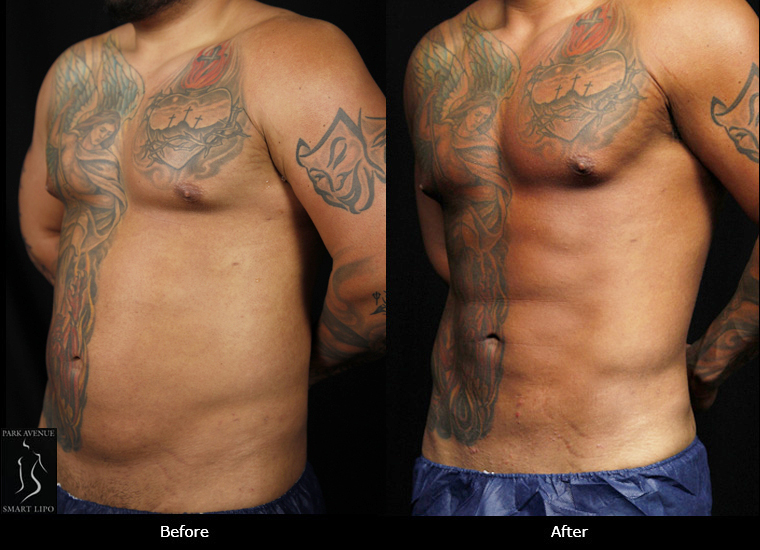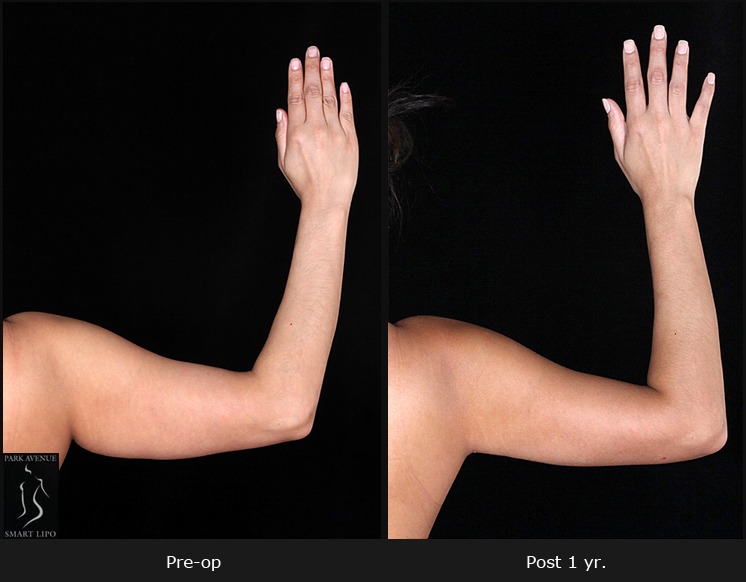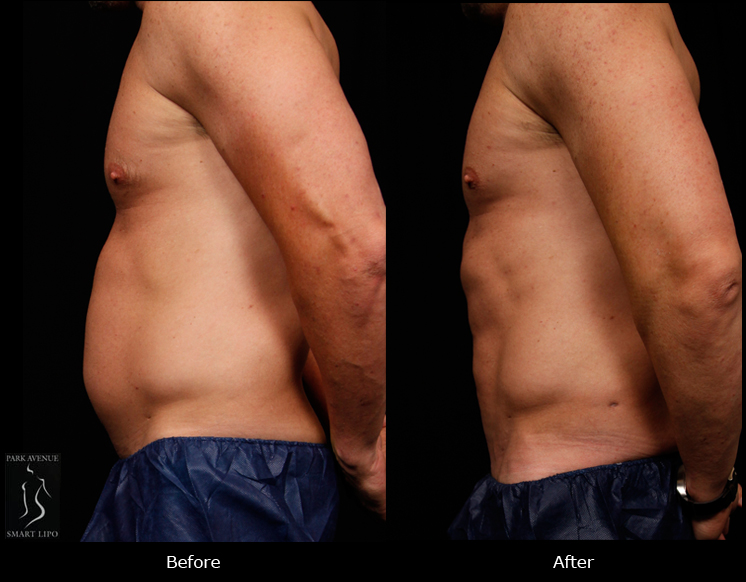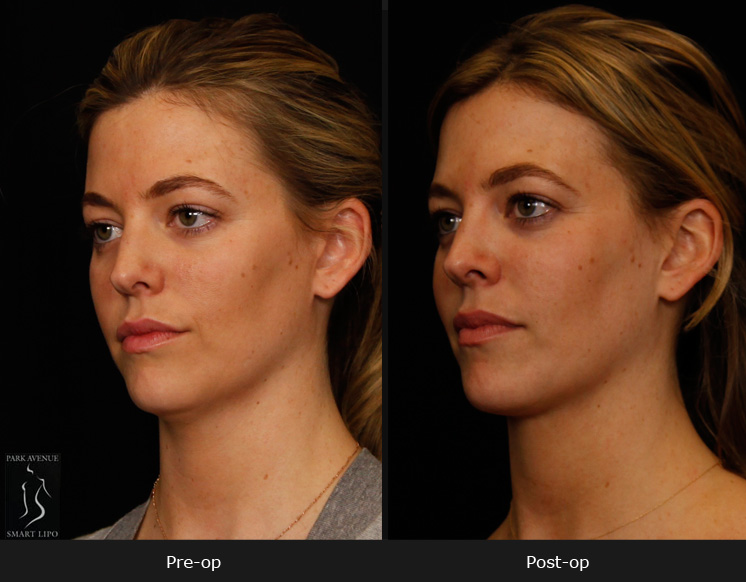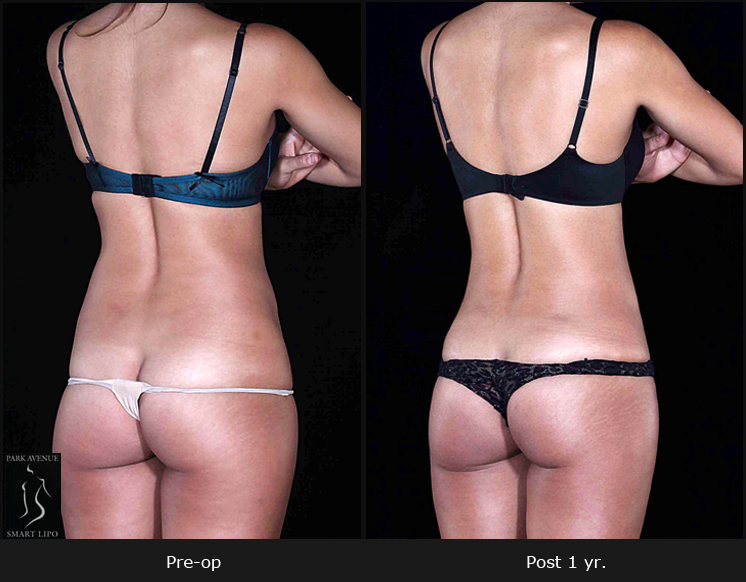It is important for people considering liposuction to understand that the procedure can effectively resolve visible fat and not visceral fat, which is harmful to health.
What is the difference between these two types of fat? Visible or subcutaneous fat is located in the fatty tissue just beneath the skin, and though it is not healthy, does not pose any serious threat. These pockets of fat which are seen on the waist, stomach, and buttocks, however, do mar your physical appearance.
On the other hand, visceral fat is found around the internal organs such as the liver, digestive tract, heart and lungs. Accumulation of this ‘invisible’ fat leads to obesity or overweight, which increases the risk of the health issues such as high blood pressure, high levels of ‘bad’ cholesterol, Type 2 diabetes and more.
The subcutaneous fat is easier to see from the outside as it is found beneath the skin in problem areas such as the abdomen, thighs and hips, and can be safely removed through lipo. This body sculpting option is useful to treat medical conditions such as lipedema, but is not a solution for internal fat. Also, it is not a solution for weight loss as it can address only localized deposits of fat.
Research has shown that abdominal liposuction does not significantly improve metabolic abnormalities related to obesity, and that decreasing subcutaneous adipose tissue mass alone will not provide positive changes in cholesterol, blood sugar or blood pressure levels. However, a large scale study published in 2011 found that liposuction candidates experienced a substantial reduction in triglycerides and white blood cells, which are reasons for heart disease and health ailments.
The bottom line is that you should know that liposuction cannot help weight loss and is not a substitute for a healthy lifestyle incorporating proper diet and regular exercise. In fact, plastic surgeons consider those who are healthy and close to their normal weight as ideal candidates for laser liposuction and other body sculpting procedures. Even after the treatment, adhering to a nutritious, calorie-conscious diet and exercise plan is necessary to maintain the results.

